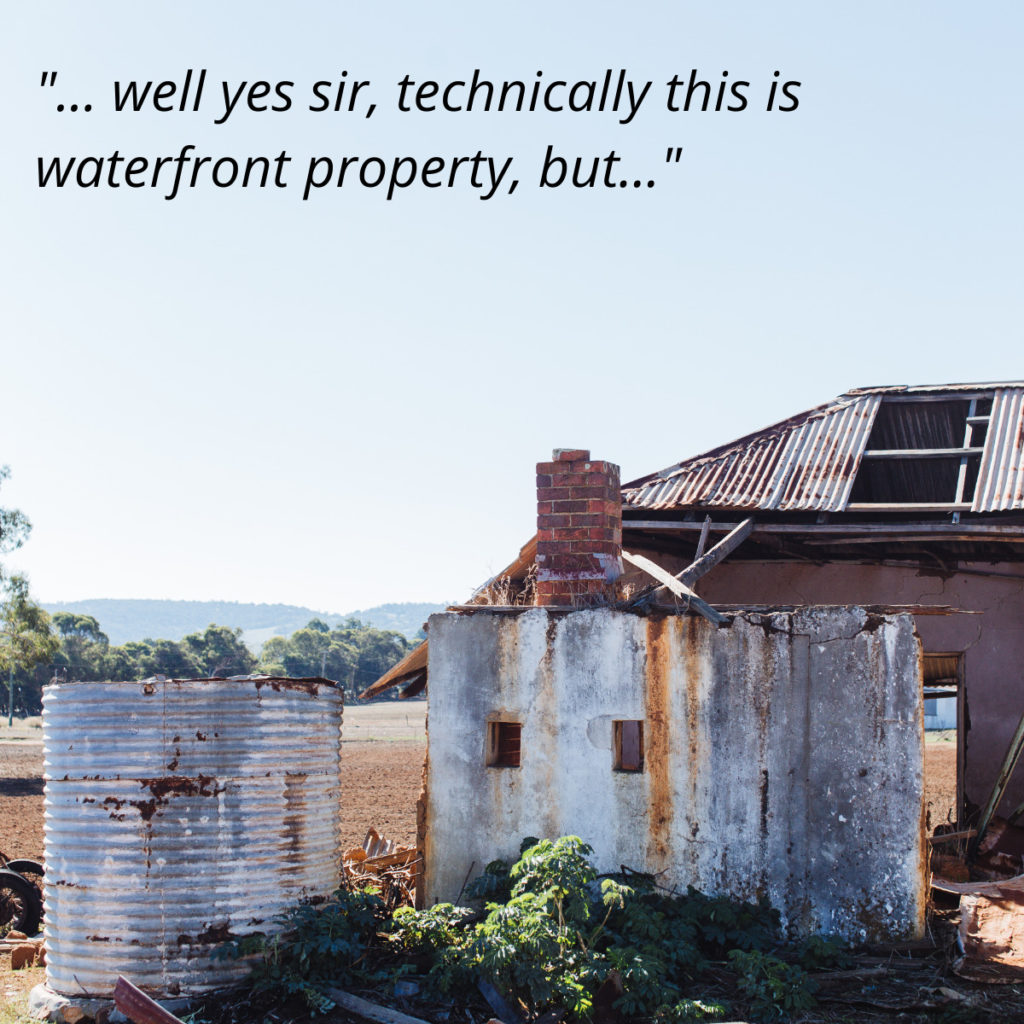
Property taxes rank right up there with root canals, necessary evils all property owners must face. The COVID-19 crisis has put an unprecedented strain on commercial property owners in New York State. Business owners are seeing reduced income and rent while having to comply with expensive COVID-19 related health compliance measures. This unfortunate combination has made many commercial properties in New York State significantly less profitable.
In theory, the reduced profitability of commercial and multi-unit residential properties should result in lower property taxes as a result of reduced valuations. Municipalities in New York State are required to value a property for property tax purposes in one of three ways:
1. The Income Approach – The income approach is the preferred method of valuation for income producing properties such as apartment building with 4 or more units, office buildings, or parcels containing restaurants or retail locations.
2. The Comparable Sales Approach – The comparable sales approach is the most commonly used approach for the valuation of standard residential properties. A property’s assessed value is set by examining a recent sale of the property, usually within 3 years of the valuation date to be admissible as evidence, or the recent sales of similar properties. See Allied Corp. v. Town of Camillus, 80 N.Y.2d 351, 356 (1992); Matter of FMC Corp. v. Unmack, 92 N.Y.2d 179, 190 (1998).
3. The Cost Approach – The cost approach to valuation is limited to special purpose or use properties where it is nearly impossible to establish an appropriate market for the property. See Matter of Suffolk Cty., 47 N.Y.2d 507 (1979). A power plant is the proto-typical example of a property where using the cost approach to valuation would be appropriate.
For those properties where the income approach is used, a parcel’s property taxes are based on the fair market value of a property, which is obtained by subtracting the expenses of a property from the income produced by that property, and dividing the resulting figure by an appropriate capitalization rate. Matter of Board of Mgrs. of French Oaks Condominium v Town of Amherst, 23 N.Y.3d 168,171-73 (2014).
Taxable Value = (Income Generated by Property – Expenses of Property[1]) / Cap Rate
Put simply, the higher a commercial property’s net operating income, the higher its assessed value, and the higher its property taxes. Conversely, if a commercial property, for example, a hotel, restaurant, or retail location, sees a decrease in operating revenue, this should, in theory, result in generally lower property taxes. There are other factors at play, but this is a good general conceptual framework.
Rupp Pfalzgraf is dedicated to guiding New York State property owners through this process. If you are considering a tax assessment challenge and have questions email us with your property’s address to receive a quick evaluation of your chances of lowering your upcoming property taxes.
[1] Debt service and property taxes paid should not be included in the calculation of expenses.
Attorney Advertising

